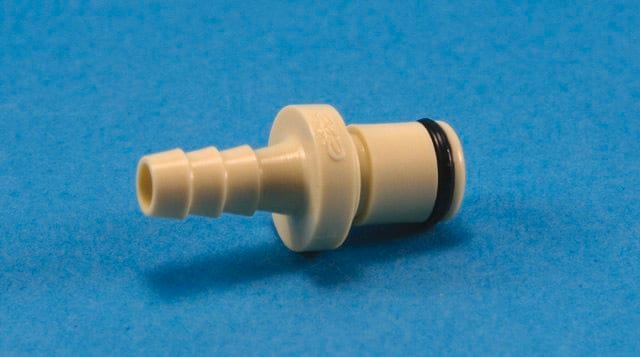BCR308
9-Nitroanthracene
BCR®, certified reference material
About This Item
Polecane produkty
klasa czystości
certified reference material
agency
BCR®
producent / nazwa handlowa
JRC
metody
HPLC: suitable
gas chromatography (GC): suitable
mp
141-144 °C (lit.)
format
neat
temp. przechowywania
2-8°C
ciąg SMILES
[O-][N+](=O)c1c2ccccc2cc3ccccc13
InChI
1S/C14H9NO2/c16-15(17)14-12-7-3-1-5-10(12)9-11-6-2-4-8-13(11)14/h1-9H
Klucz InChI
LSIKFJXEYJIZNB-UHFFFAOYSA-N
Szukasz podobnych produktów? Odwiedź Przewodnik dotyczący porównywania produktów
Opis ogólny
Zastosowanie
- Aerosol samples using direct infusion into an atmospheric pressure photoionization high-resolution mass spectrometer (APPI-HRMS).
- Air and diesel particulate reference materials using pressurized-fluid extraction (PFE) with normal-phase liquid chromatography (LC) followed by gas chromatography coupled to mass spectrometry (GC-MS) in negative ion chemical ionization (NICI) mode.
Komentarz do analizy
BCR308
Informacje prawne
Kod klasy składowania
11 - Combustible Solids
Klasa zagrożenia wodnego (WGK)
WGK 3
Temperatura zapłonu (°F)
Not applicable
Temperatura zapłonu (°C)
Not applicable
Środki ochrony indywidualnej
Eyeshields, Gloves, type N95 (US)
Choose from one of the most recent versions:
Certyfikaty analizy (CoA)
Sorry, we don't have COAs for this product available online at this time.
If you need assistance, please contact Obsługa Klienta
Masz już ten produkt?
Dokumenty związane z niedawno zakupionymi produktami zostały zamieszczone w Bibliotece dokumentów.
Nasz zespół naukowców ma doświadczenie we wszystkich obszarach badań, w tym w naukach przyrodniczych, materiałoznawstwie, syntezie chemicznej, chromatografii, analityce i wielu innych dziedzinach.
Skontaktuj się z zespołem ds. pomocy technicznej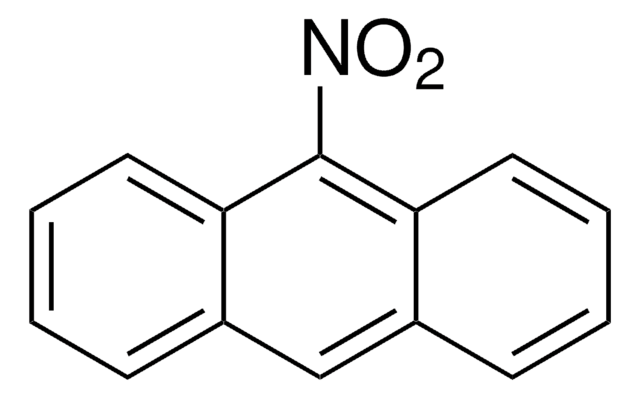
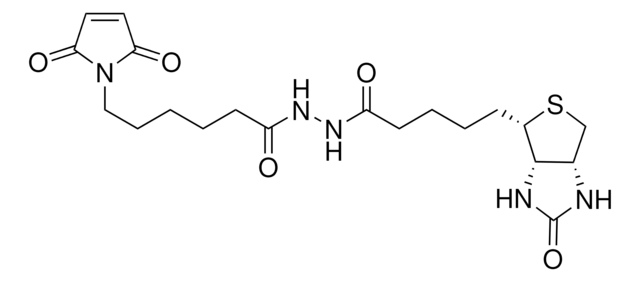
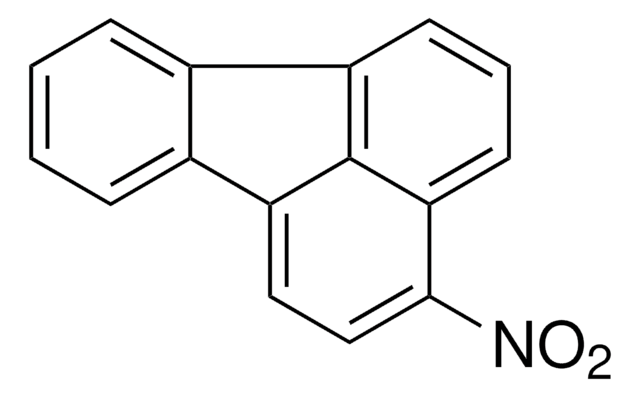
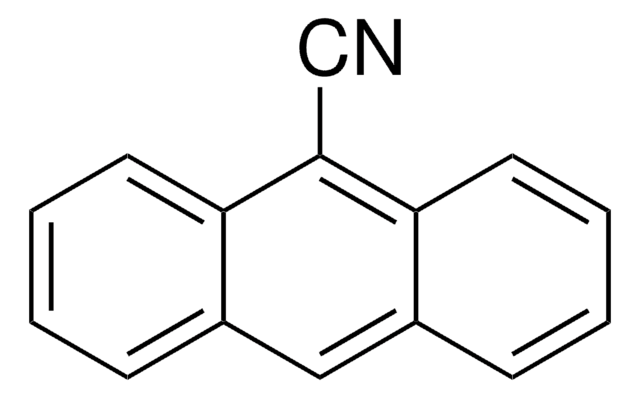
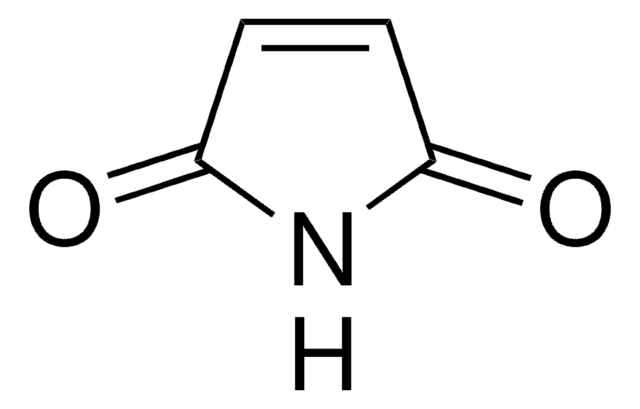
![6-Nitrobenzo[a]pyrene BCR®, certified reference material](/deepweb/assets/sigmaaldrich/product/structures/171/174/0d276831-8604-4a0e-96f0-36fe2fd87f0a/640/0d276831-8604-4a0e-96f0-36fe2fd87f0a.png)

